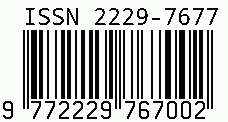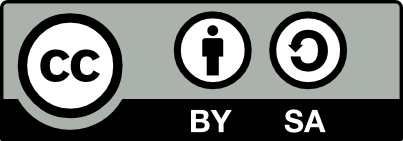
International Journal on Science and Technology
E-ISSN: 2229-7677
•
Impact Factor: 9.88
A Widely Indexed Open Access Peer Reviewed Multidisciplinary Bi-monthly Scholarly International Journal
Plagiarism is checked by the leading plagiarism checker
Call for Paper
Volume 16 Issue 4
October-December 2025
Indexing Partners



















RECENT ADVANCEMENTS IN PYRIDINE DERIVATIVES AS ANTICANCER AGENTS
| Author(s) | Saabirah Akhtar, Simran Tiwari, Suhail khan, Ravi Kumar, Dr, Nikul Gupta, Dr. Nakul Gupta |
|---|---|
| Country | India |
| Abstract | Pyridine derivatives are a structurally heterogeneous and pharmacologically important class of compounds with increasing importance in anticancer drug development. Their unique electronic profile, synthetic tractability, and high biological activity allow targeted modulation of critical molecular pathways implicated in cancer advancement. Recent developments are the discovery of pyridine-urea hybrids, fused heterocycles like pyrazolopyridines and thienopyridines, and hybrid pharmacophores, many of which have shown significant cytotoxicity against a broad spectrum of cancer cell lines with increased selectivity and fewer off-target effects. Mechanistic studies have shown their efficacy in inhibiting VEGFR-2- induced angiogenesis, HDAC inhibition, and tumor-associated enzyme-selective inhibition of human carbonic anhydrase IX and XII. These results have been buttressed by computational methods including molecular docking and SAR analysis, which enable rational drug design and optimization. Despite their promise, numerous challenges remain—such as systemic toxicity, poor selectivity, drug resistance, poor solubility, and synthesis complexity—that limit their clinical applicability. In an effort to overcome these challenges, scientists are investigating nanotechnology-based drug delivery systems, covalent inhibitor design, and environmentally friendly synthesis strategies for improving bioavailability and therapeutic index. Notable examples, including Linifanib and SLC-0111, have reached clinical trials, demonstrating the translational potential of this compound class. Further interdisciplinarity research to overcome current shortcomings will only serve to reinforce the position of pyridine derivatives in contemporary oncology as leading contenders for next-generation anticancer therapy. |
| Keywords | pyridine derivatives, anticancer agent, drug resistance, nanotechnology |
| Field | Chemistry > Pharmacy |
| Published In | Volume 16, Issue 2, April-June 2025 |
| Published On | 2025-05-24 |
| DOI | https://doi.org/10.71097/IJSAT.v16.i2.5398 |
| Short DOI | https://doi.org/g9mq8b |
Share this


CrossRef DOI is assigned to each research paper published in our journal.
IJSAT DOI prefix is
10.71097/IJSAT
Downloads
All research papers published on this website are licensed under Creative Commons Attribution-ShareAlike 4.0 International License, and all rights belong to their respective authors/researchers.

